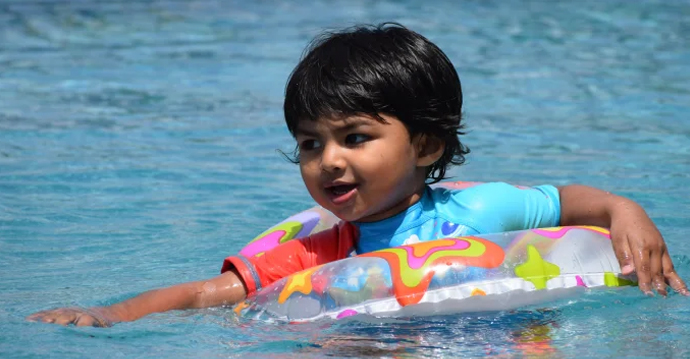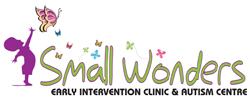Aquatic Therapy
Water is an ideal environment for exercise and rehabilitation due to its constant temperature, density, buoyancy, pressure and resistance. It helps to reduce body weight, relax muscles and decrease stress. These properties have been shown to help those with ASD regulate their excitement and anxiety levels.

When engaging in specific well-directed water activities, improvements can be seen in the following domains:
The benefits and results. That can be expected from aquatic therapy are:
There are different therapeutic treatments that can help children with autism. One of the most effective forms of therapy is aquatic therapy or hydro therapy. This is a recreational therapy that involves the use of water and it plays an important role in enhancing the child's quality of life and improving productivity.
Pediatric aqua therapy can help autistic children to improve their concentration and attention span. The therapy focuses on play-based functional movement, facilitating neurodevelopmental growth and improving range of motion. The therapy improves body awareness, while also helping the children to have fun. The one-on-one session can help children with autism when it comes to impulse control, ability to follow instructions and frustration tolerance.
For children with Autism Spectrum Disorder, Aquatic therapy entails benefits for the brain and
learning, behavioral and psychological benefits and beneficial effects on joint position sense
and muscle coordination.
An aquatic therapy session can be conducted as an individual session or group therapy session. Group Therapy sessions are more beneficial for improving the behavioral Issues and social skills of the children. Before starting the session, a detailed assessment is undertaken. Building a rapport with the child on land before entering into the alien water environment is essential.
There are various techniques that will be used by therapist during these sessions. One of the common concepts in Aquatic therapy is Hall wick Therapy which uses a 10-point program to increase the water adaptability, breath control and movement of the body when immersed in water. Bad Ragaz Ring method is essentially used for motor system deficits like muscle weakness, low tone and in coordination. Ai chi (water tai chi) method uses various postures and movements in water which provide active relaxation. Watsu is another technique used for passive relaxation while in water. Various aquatic exercises can be used for building the aerobic endurance. Aquatic therapist will make use of all these techniques in combination for optimum results.
The time duration for the aquatic program is pre-determined. Ideally an aquatic therapy program for ASD should be for about 2-6 months with a frequency of 1-3 times per week.

